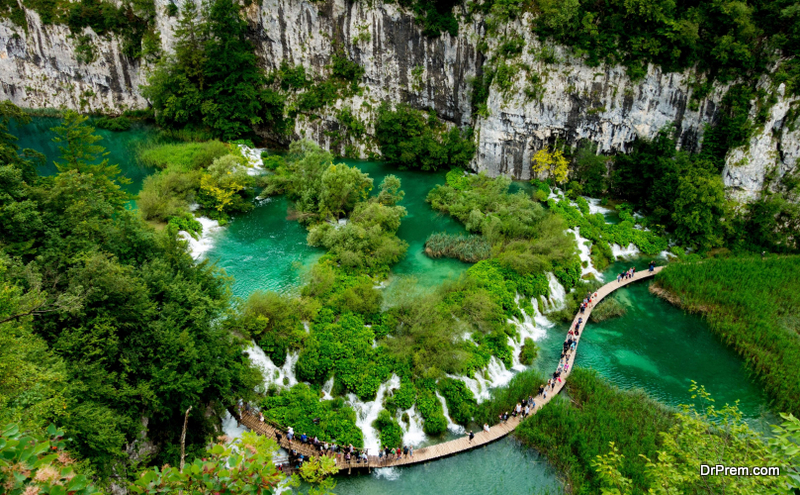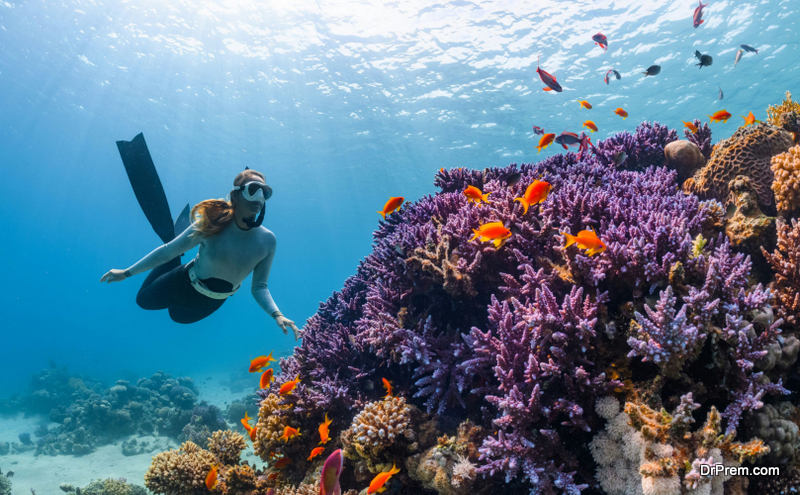The essence of ecological conservation lies in the harmonious coexistence of human activities with nature, ensuring the sustainability and preservation of biodiversity to enrich future generations. Central to this endeavor is the protection of unique ecosystems, among which lagoons represent a critical but often overlooked habitat.
These brackish water bodies, situated at the interface of land and sea, host an incredible diversity of life forms, pivotal in the ecological balance and offering various ecosystem services. One such precious gem is the Indian River Lagoon, a biodiverse hotspot teeming with various species, including numerous animals unique to its environment.
The Indian River Lagoon: A Biodiversity Haven
Nestled on the East Coast of Florida, the Indian River Lagoon stretches over a vast expanse, encompassing a mosaic of habitats. This estuarine system is home to more than 4,300 species of Indian River Lagoon animals and plants, making it one of the most biodiverse lagoons in the Northern Hemisphere.
The lagoon’s inhabitants, ranging from the microscopic plankton to the charismatic manatee, form a complex, fragile, resilient web of life. Among the plethora of life, “Indian River Lagoon animals” serve as vital indicators of the health and vibrancy of this ecosystem. Their survival and prosperity are tightly linked to the quality of the water and the integrity of their habitats, emphasizing the need for concerted conservation efforts.
Challenges to Lagoon Biodiversity
Despite its ecological significance, the Indian River Lagoon faces numerous threats that jeopardize its biodiversity and ecological health. Pollution from agricultural runoff, urban development, and industrial activities has led to eutrophication, algal blooms, and hypoxic zones, severely impacting aquatic life.
Habitat destruction, driven by coastal development and land use changes, further compounds the pressures on this delicate ecosystem. Climate change introduces additional stressors, including rising sea levels and increased frequency of extreme weather events, disrupting the balance of this coastal habitat.
Conservation Strategies in Practice

Addressing the multifaceted challenges facing the Indian River Lagoon and similar ecosystems requires a comprehensive and multi-pronged approach. Conservation strategies must encompass not only the protection and restoration of habitats but also the reduction of pollution, the management of human activities, and the fostering of community engagement and education.
· Habitat Protection and Restoration
The cornerstone of lagoon conservation is the protection of existing habitats and the restoration of degraded areas. This includes implementing measures to safeguard mangroves, seagrasses, and oyster reefs, which are critical for water filtration, carbon sequestration, and as nurseries for various marine species. Restoration projects often involve replanting vegetation, removing invasive species, and reconstructing natural water flow patterns to rejuvenate these vital habitats.
· Pollution Reduction
Efforts to reduce pollution focus on point sources, such as industrial discharges, and non-point sources, like agricultural runoff. Strategies include implementing stricter regulations, promoting sustainable agricultural practices, and improving wastewater treatment facilities. Additionally, public awareness campaigns play a crucial role in reducing household pollutants and encouraging community participation in clean-up efforts.
· Sustainable Human Activity Management
Balancing human activities with the ecological needs of the lagoon is essential for its long-term health. This involves the careful planning of coastal development, the establishment of marine protected areas, and the regulation of activities such as boating and fishing. By setting limits on the exploitation of resources and minimizing human impact, it is possible to preserve the lagoon’s biodiversity while allowing for recreational and commercial uses.
· Community Engagement and Education
Engaging local communities and understanding the importance of lagoon conservation are vital components of successful conservation efforts. Educational programs, citizen science projects, and volunteer opportunities enable individuals to contribute to protecting the lagoon. By building a strong connection between the community and the lagoon, these initiatives help to cultivate a culture of conservation and stewardship.
The Road Ahead
As conservation efforts continue to evolve, the focus remains on innovative solutions and adaptive management strategies that can respond to the changing dynamics of lagoon ecosystems. Advances in technology, such as remote sensing and bioinformatics, offer new tools for monitoring ecosystem health and identifying conservation priorities. Collaborative efforts involving government agencies, non-profit organizations, research institutions, and local communities are crucial for leveraging resources and expertise.
Final Thoughts
The journey to safeguard the biodiversity of the Indian River Lagoon and similar ecosystems is a testament to the collective will to preserve the natural world for future generations. It is a complex but rewarding endeavor that requires ongoing commitment, innovation, and collaboration. As we progress, the lessons learned and successes achieved in the Indian River Lagoon can serve as a blueprint for lagoon conservation worldwide, ensuring these vital habitats continue to thrive and enrich our planet.
Article Submitted By Community Writer




